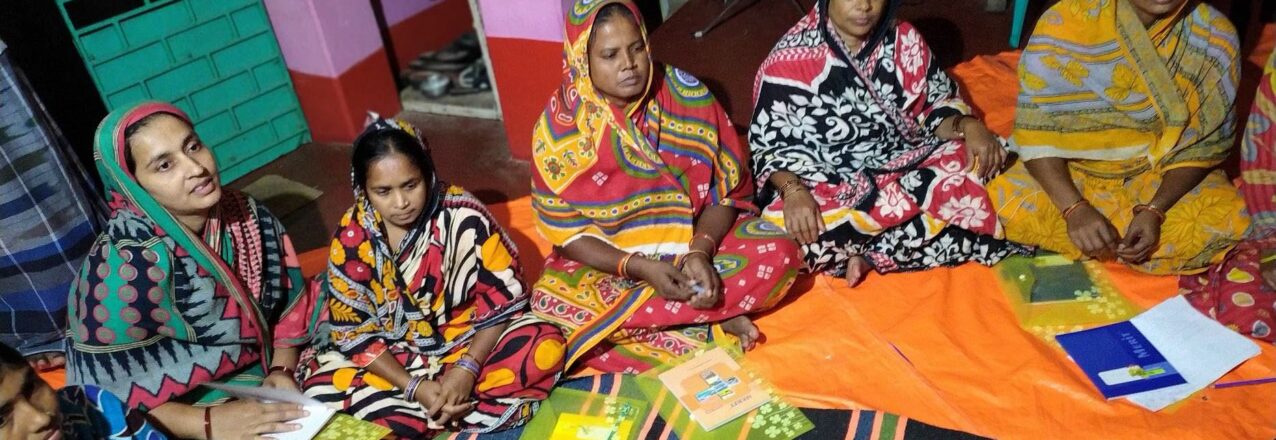Overview of the ILRG W-GDP Activity
Purpose
The primary objective of the Integrated Land and Resource Governance (ILRG) task order under the Strengthening Tenure and Resource Rights II (STARR II) Indefinite Delivery/Indefinite Quantity (IDIQ) contract is to assist the Land and Urban Office in the Bureau for Economic Growth, Education, and Environment (E3/LU) to design and implement activities that improve land and resource governance, strengthen property rights, and build resilient livelihoods as the foundation for strong economic growth, stability, and resilience. Strong land and resource governance is important within the broader context of reaching multiple United States Agency for International Development (USAID) goals. In particular, successful implementation of this task order will enable USAID to contribute to the following four broad objectives that assist in ending extreme poverty:
- Increase inclusive economic growth, resilience, and food security
- Provide a critical foundation for sustainable natural resource management and biodiversity conservation
- Promote good governance, conflict mitigation, and disaster mitigation and relief
- Empower women and other vulnerable populations
The task order is currently designed to implement ILRG activities in multiple countries around the world using a variety of funding sources. This monitoring, evaluation, and learning (MEL) plan addresses the Women’s Global Development Prosperity (W-GDP) Initiative-funded activities in Zambia, Mozambique, Malawi, and India, as well as an emerging partnership with a private sector cocoa company. The MEL plan will be adapted to address any additional countries, as well as global interventions.
Near the end of FY 2019, ILRG was informed that it would receive W-GDP funding related with the aim of implementing women’s empowerment and gender equality activities in existing and new ILRG geographies over approximately two years. This MEL plan describes the indicators to be used to track impacts of project activities, how data will be collected and how learning can inform program implementation. The ILRG W-GDP task aims to contribute to the three W-GDP pillars:
- Pillar 1: Women prospering in the workforce;
- Pillar 2: Women succeeding as entrepreneurs; and
- Pillar 3: Women enabled in the economy.
The ILRG W-GDP task will particularly work to support women’s empowerment by contributing to Pillars 2 and 3. This MEL plan also recognizes the importance of coordinating with USAID’s Communications, Evidence and Learning (CEL) program, which will be undertaking W-GDP-funded activities in some overlapping geographies. All indicators in this MEL plan are also included in the broader ILRG MEL plan.


